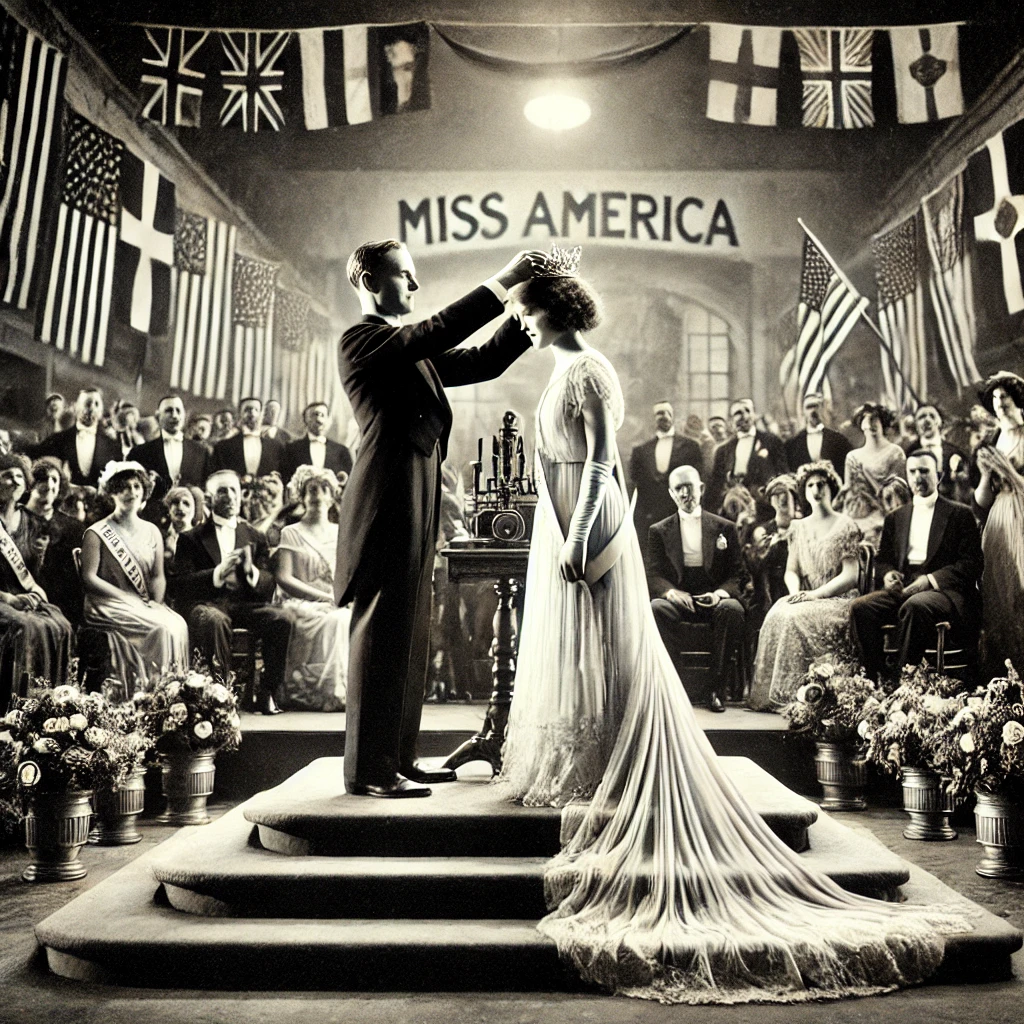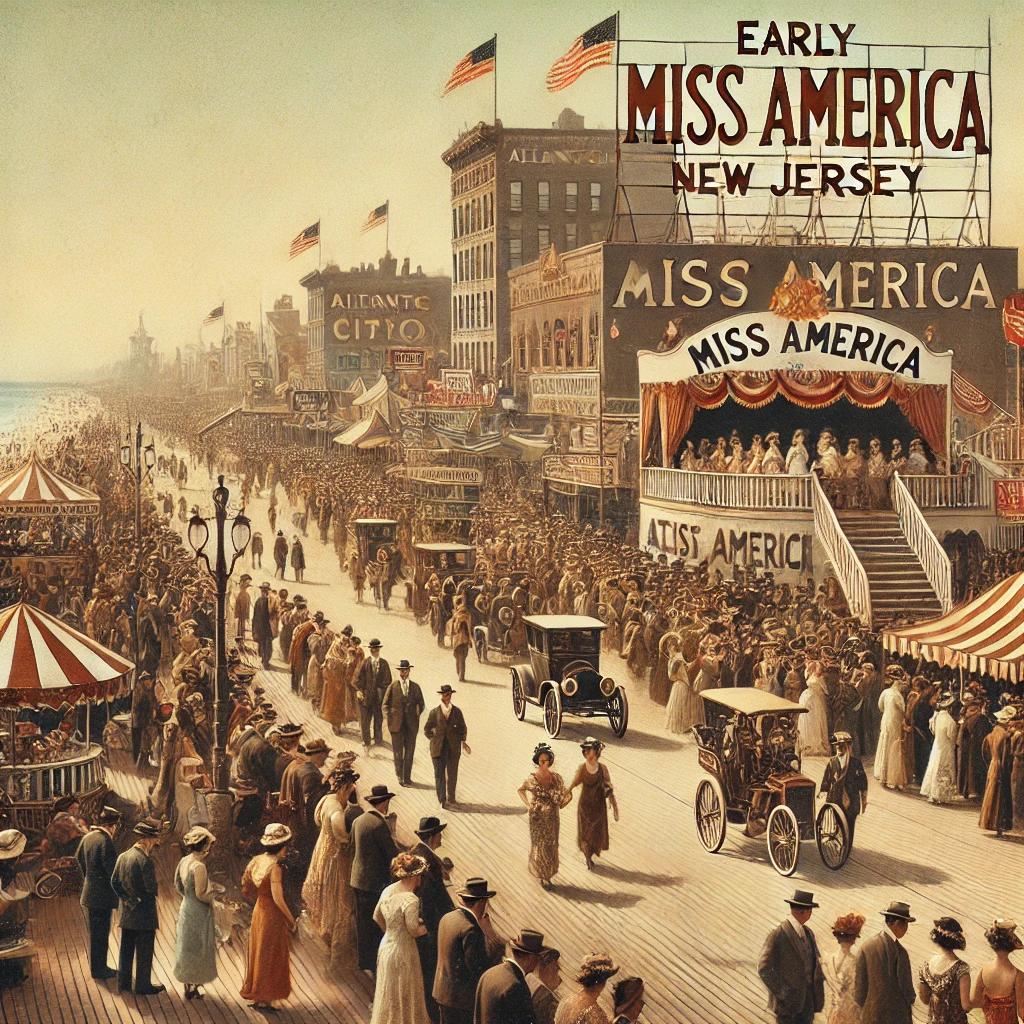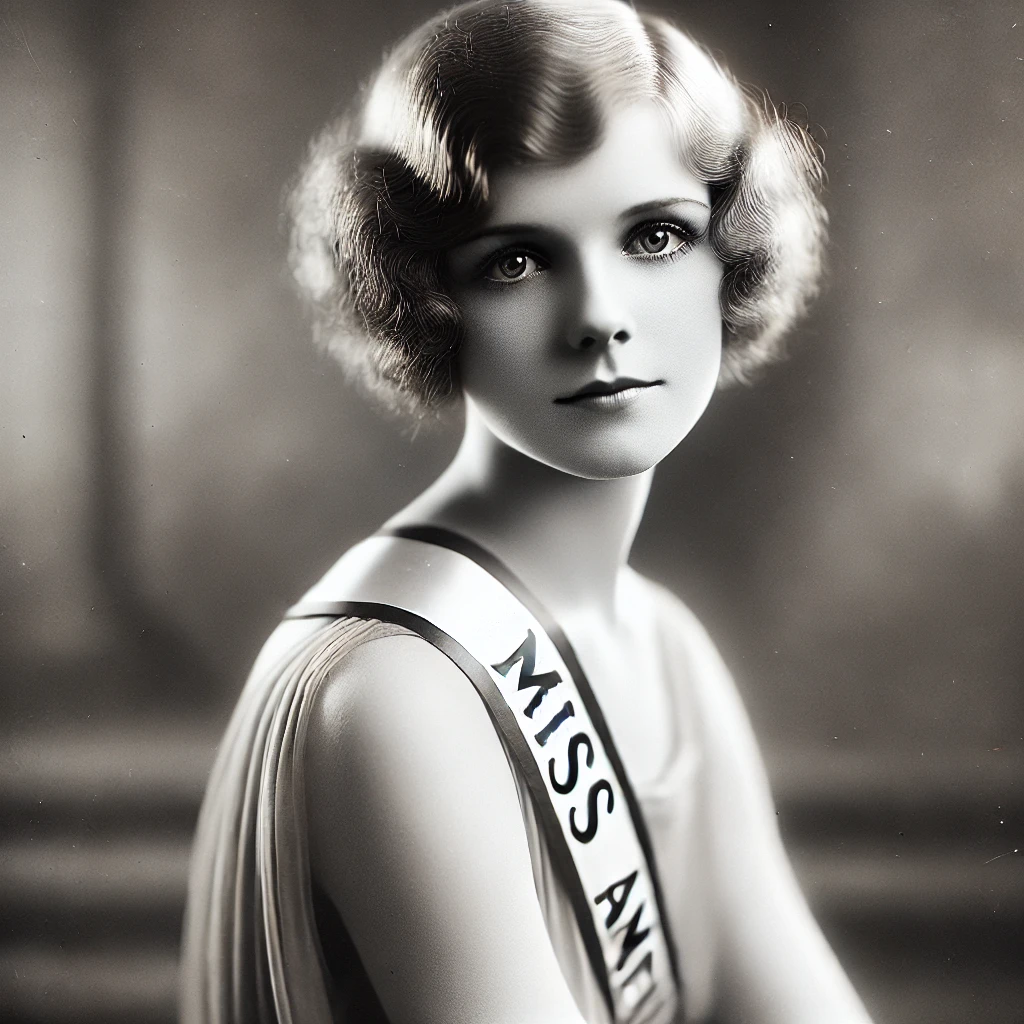On September 7th, 1921, the first Miss America Pageant was held in Atlantic City, New Jersey, marking the beginning of a new tradition in American popular culture. Conceived as a promotional event to extend the tourist season in the seaside resort, the pageant quickly evolved into a significant cultural phenomenon. The inaugural event, which crowned Margaret Gorman as the first Miss America, set the stage for what would become one of the most enduring and iconic beauty competitions in the United States.
The idea for the pageant originated with a group of Atlantic City businessmen who were looking for a way to attract visitors to the city after Labor Day. They envisioned a “Fall Frolic” that would include various events, culminating in a beauty contest. The pageant featured seven contestants, each representing a different city, who competed in a series of events, including a bathing beauty contest, which was the highlight of the competition. Margaret Gorman, a 16-year-old from Washington, D.C., was named the winner, earning the title of “Golden Mermaid” and a $100 prize.
The Evolution of the Pageant: From Local Attraction to National Phenomenon
The success of the first Miss America Pageant prompted organizers to continue the event annually, and it quickly gained national attention. As the pageant grew, so did its prestige, attracting contestants from across the country and becoming a symbol of American beauty and femininity. The competition expanded to include more rigorous judging criteria, with contestants evaluated not only on their appearance but also on their poise, personality, and talents.
By the 1930s, the Miss America Pageant had established itself as a major national event, broadcast on radio and drawing large crowds to Atlantic City. The pageant’s popularity was fueled by its ability to capture the public’s imagination, offering a blend of glamour, entertainment, and competition. It also provided a platform for young women to gain public recognition and pursue opportunities in modeling, acting, and other fields.

The Miss America Pageant and Its Cultural Significance
The Miss America Pageant has played a significant role in shaping American cultural ideals, particularly in the context of beauty and femininity. Throughout its history, the pageant has reflected and reinforced societal norms and expectations regarding women’s roles and appearance. In its early years, the competition emphasized traditional notions of beauty, celebrating contestants who embodied the “ideal” American woman—young, attractive, and poised.
As the pageant evolved, it began to incorporate elements of talent and intelligence, recognizing that beauty alone was not the sole measure of a woman’s worth. This shift in focus allowed the Miss America Pageant to maintain its relevance in changing times, as it adapted to new cultural attitudes and values. However, the pageant has also faced criticism for perpetuating narrow standards of beauty and for its role in objectifying women.
Challenges and Controversies
Over the decades, the Miss America Pageant has faced numerous challenges and controversies. The pageant’s focus on physical appearance has been a point of contention, with critics arguing that it reinforces harmful stereotypes and unrealistic beauty standards. The swimsuit competition, in particular, has been a source of debate, with some viewing it as outdated and demeaning, while others see it as a celebration of fitness and confidence.
In the 1960s, the pageant became a target of feminist criticism, with activists protesting what they saw as the commodification of women. The most famous of these protests occurred in 1968, when a group of feminists organized a demonstration outside the Atlantic City Convention Hall, where the pageant was held. The protesters symbolically crowned a sheep as “Miss America” to highlight their objections to the event’s emphasis on physical beauty.

The Pageant in Modern Times: Adaptation and Change
In response to changing social attitudes and ongoing criticism, the Miss America Pageant has undergone significant changes in recent years. In 2018, the organization announced the elimination of the swimsuit competition, signaling a shift away from judging contestants based on their physical appearance. The pageant also rebranded itself as a competition that values talent, intelligence, and leadership, rather than focusing solely on beauty.
These changes reflect the broader cultural shift toward more inclusive and diverse representations of women. The Miss America Pageant has sought to redefine its role in contemporary society, positioning itself as a platform that empowers women and promotes their achievements. Despite these efforts, the pageant continues to grapple with its legacy and the perceptions that have been shaped by nearly a century of history.

The Enduring Legacy of Miss America
The Miss America Pageant’s place in history is secure as one of the most recognizable and enduring symbols of American culture. For nearly a century, the pageant has provided a stage for young women to showcase their talents, gain national recognition, and pursue their dreams. It has also served as a mirror of American society, reflecting the evolving values, ideals, and attitudes toward women and beauty.
While the Miss America Pageant has been a source of inspiration and opportunity for many, it has also been a lightning rod for criticism and debate. Its legacy is complex, marked by both its contributions to popular culture and its role in perpetuating certain cultural norms. As the pageant continues to evolve, it remains a significant and influential institution in American history.
